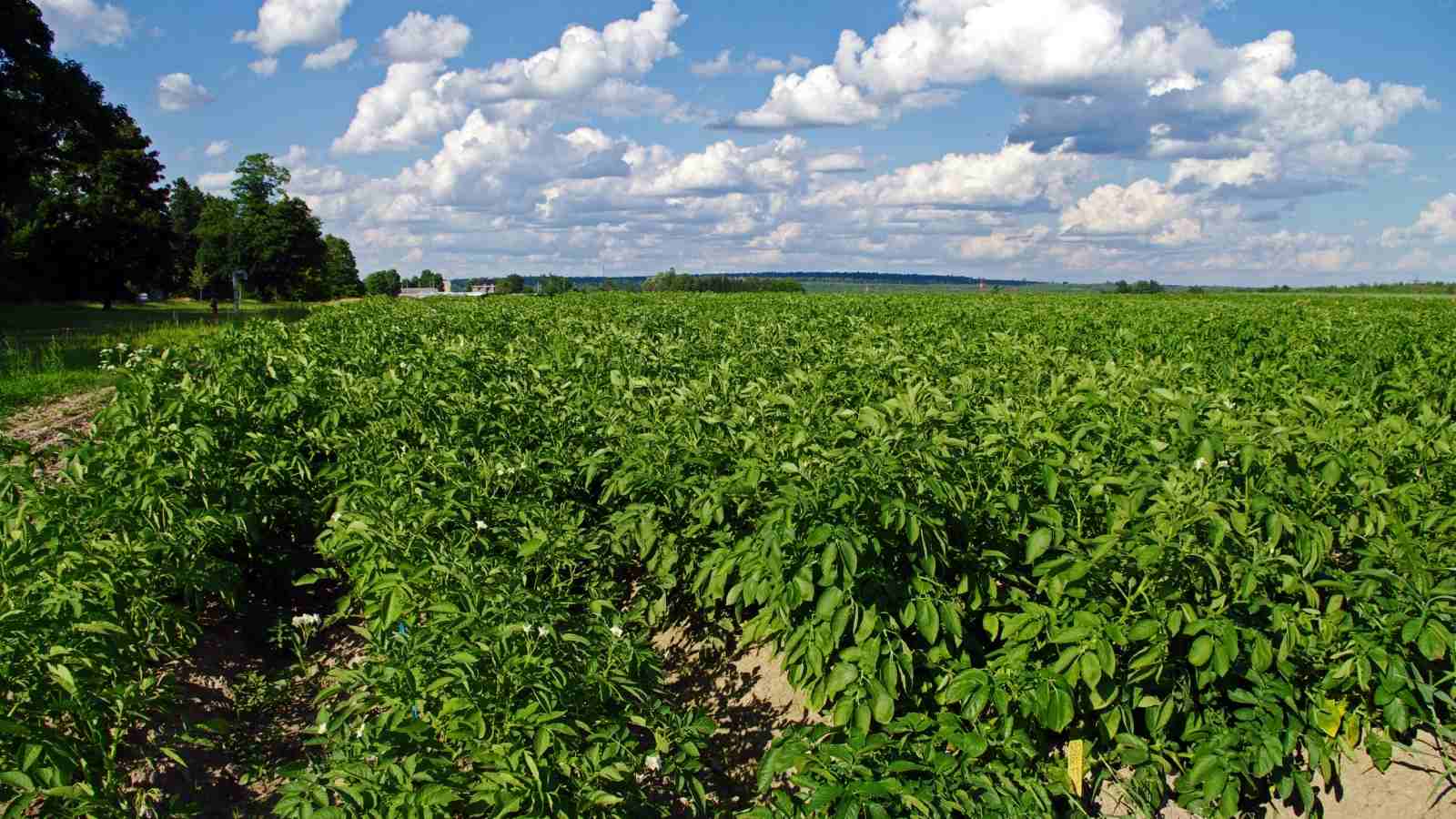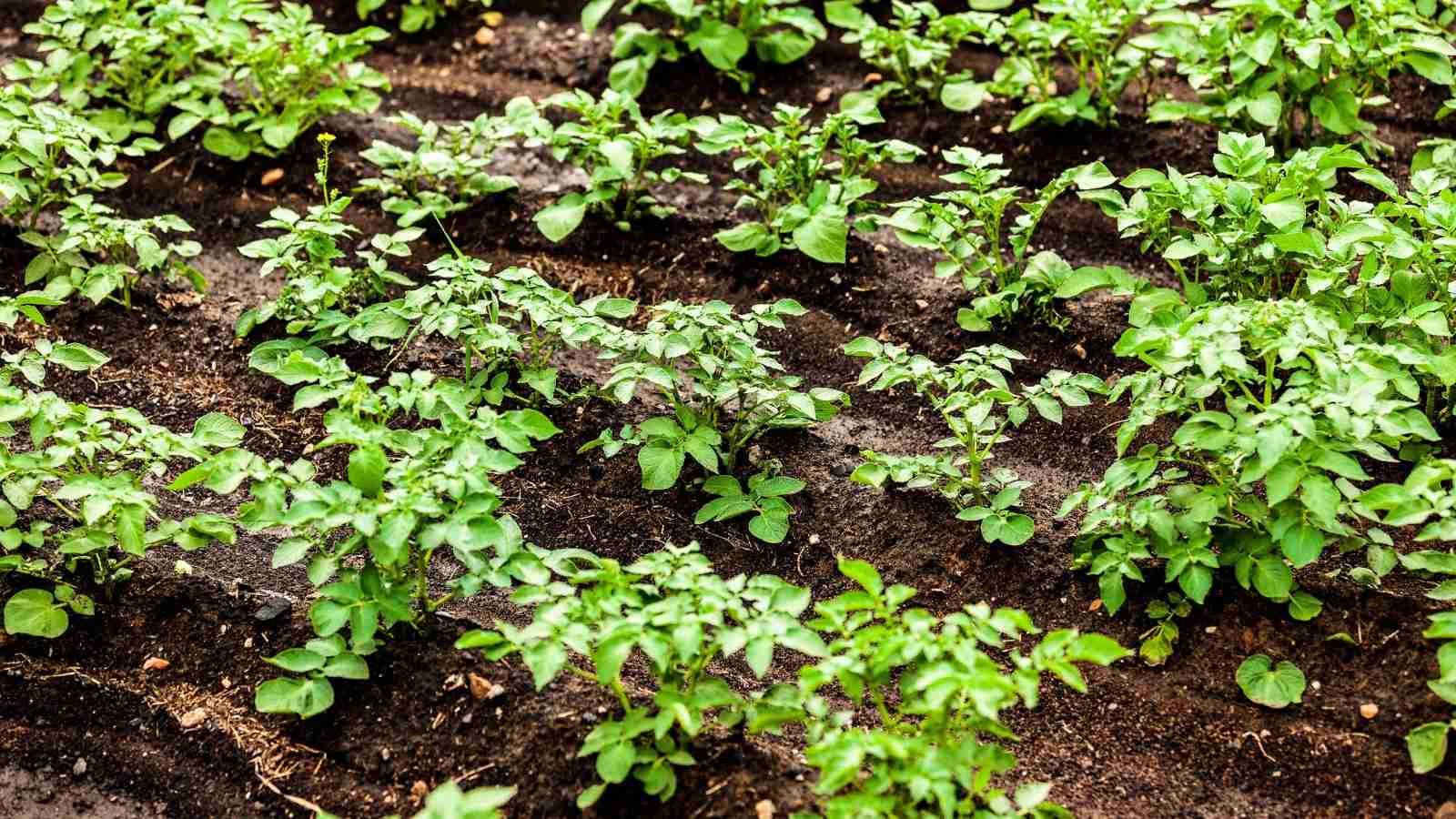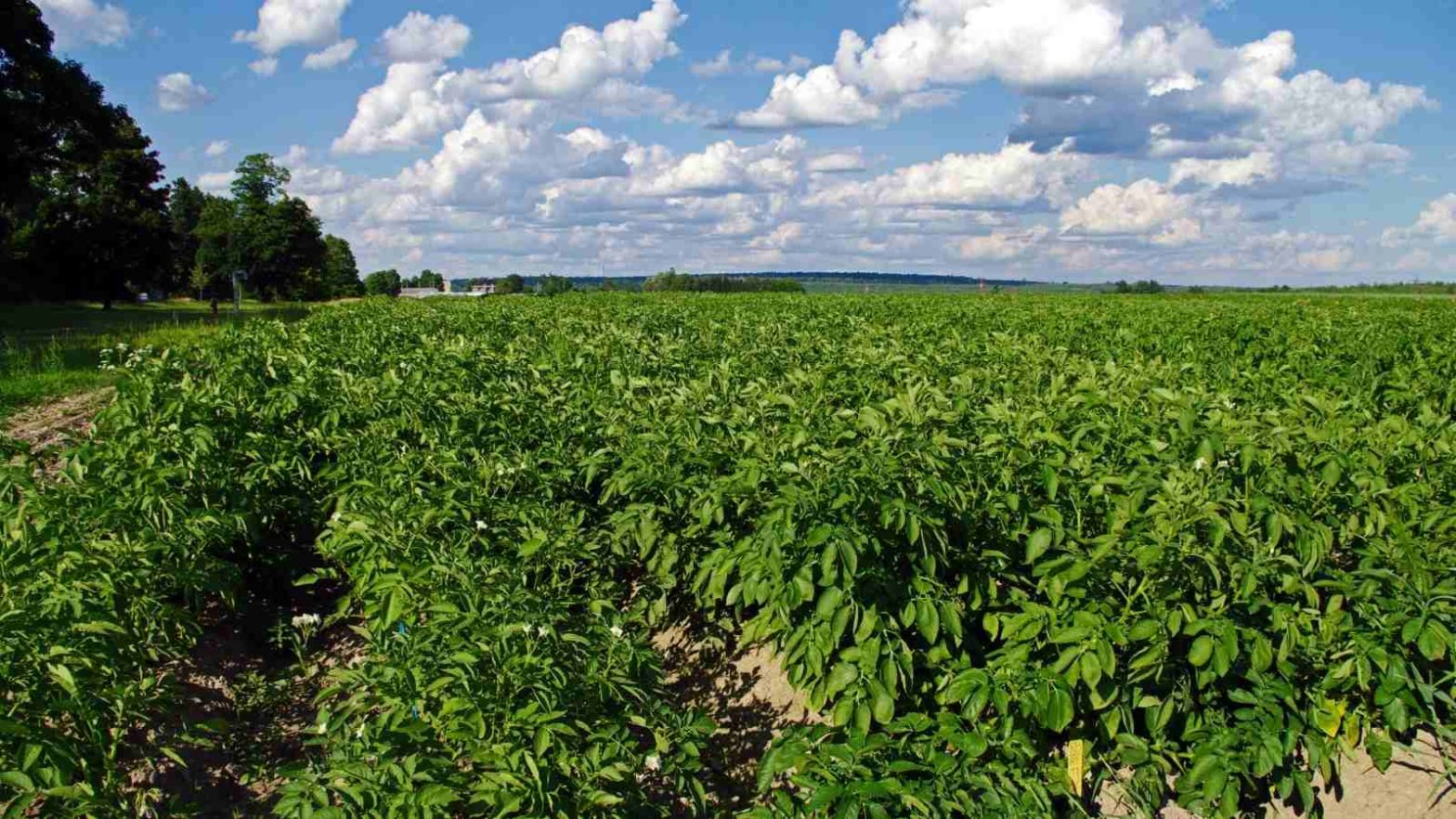Can you name any vegetable that is as versatile as the potatoes? The answer is probably ‘NO’. From being deep fried to being eaten boiled, these vegetables can be added to any meal at any time. Is not it? The potatoes were added to the country’s agricultural ground by the colonizers. From then, there has been a steady demand of the crop. From being used in curries to the parathas, the usage and at the same time, the popularity of the crops started to increase.
It has been seen that the potatoes at present have become a commercial crop that is sold in both domestic and in foreign markets. Well, time for a quick fact – Potatoes were an indigenous crop of South America. Can you believe that the potatoes have grown so popular all round the that it has been tagged as the ‘most important’ crop in the entire world? On an average, the annual production of the potatoes reaches up to at least 350 million tonnes. From being consumed as thin chips to being eaten as a part of very many kinds of cuisines. The potatoes are a favorite of not only the children but also of the adults.

The potatoes are very rich in various nutrients. Primarily, they are rich in starch that helps in providing energy to the body for a long period of time. These are very good for the hypoglycemic patients and are good for the growth years of the children. Apart from being used in various kinds of meals all over the world. The potatoes are used in making alcohol and also in making starch. By being high in many types of minerals and vitamins, potatoes are very good for the health until and unless they are deep fried ones. Well, here in, we have brought to the readers, the various facts that have been used in relation to the potato farming in and about India.
1. What are the various climatic conditions that are needed for potato farming in India?
The potatoes need to have a moderate climatic condition. Primarily, a temperature range of 20 degree Celsius to 25 degree Celsius, is very good for the growth of the potatoes. There are certain regions where in, the potatoes can grow in higher temperatures only if they receive proper amount of rainfall on a regular interval. Likewise, in West Bengal, the temperature shoots up above 25 degree Celsius but owing to the regular rains, the proper functioning of the potato farming is possible.

The potatoes can be grown or are primarily grown in two major seasons. That is once in the Rabi season and once in the Kharif season. It is important to note that the temperature during the sowing season should not dip below 20 degree Celsius and should not be triggered above 30 degree Celsius.
2. What are the means to lay out the land to raise potatoes in India?
The land to grow potato plants needs to be laid out in a very precise manner. The soil needs to be rigorously tilled. Up to a depth of at least 25 cm, the soil needs to be dug. To make way for better aeration of the soil, the soil beds need to be comparatively loose. The soil further needs to be moist and remember not to clog it with heavy irrigation.
The land needs to laid out in the rows so as to give proper space for each of the crops to grow to its full length. The potatoes are grown from tubers and while planting the same, at least a distance of 50 cm * 20 cm and 60 cm * 25 cm. Better the planting distance, better will be the growth of the potatoes.
3. What are the various soil requirements to grow better potatoes all across the country?
The potatoes can be grown on a wide range of soil types in the country. They can be grown in sandy loam soil or in clay loam. At times, the crop can be grown in simple loamy soil or in slit loam soil with proper irrigation facilities. It is very important to note that the be it any kind of soil, all has to be fully aerated and loose enough to provide enough space for the tubers to expand and grow.
The average pH of the soil needs to be between 5 to 5.4 so that it ensures the proper seepage of nutrient into the tubers. The soil needs to be free from the pests like the potato tuber moth, aphids, white grub and leaf eating caterpillars, by making use of organic and chemical pesticides.

